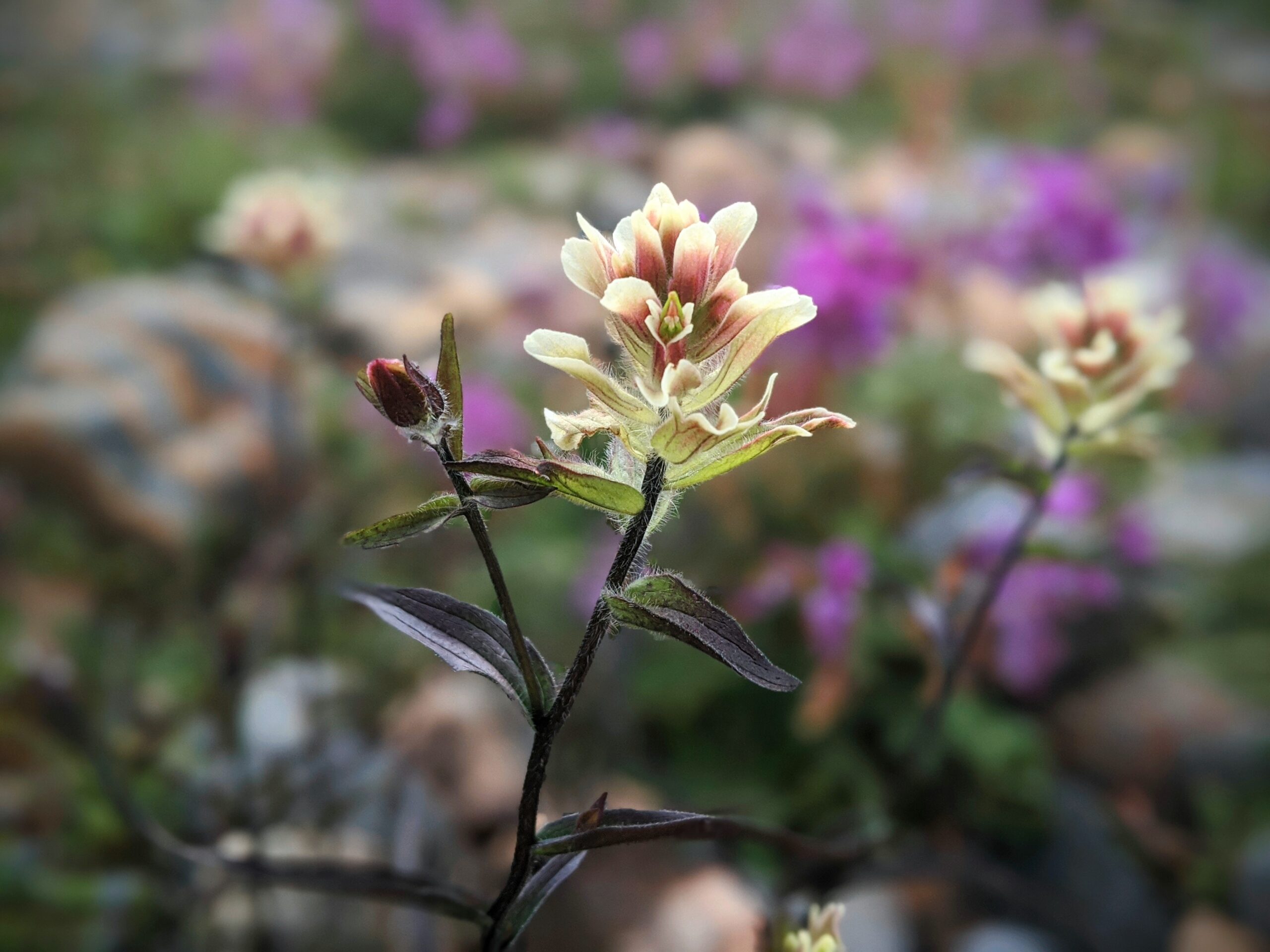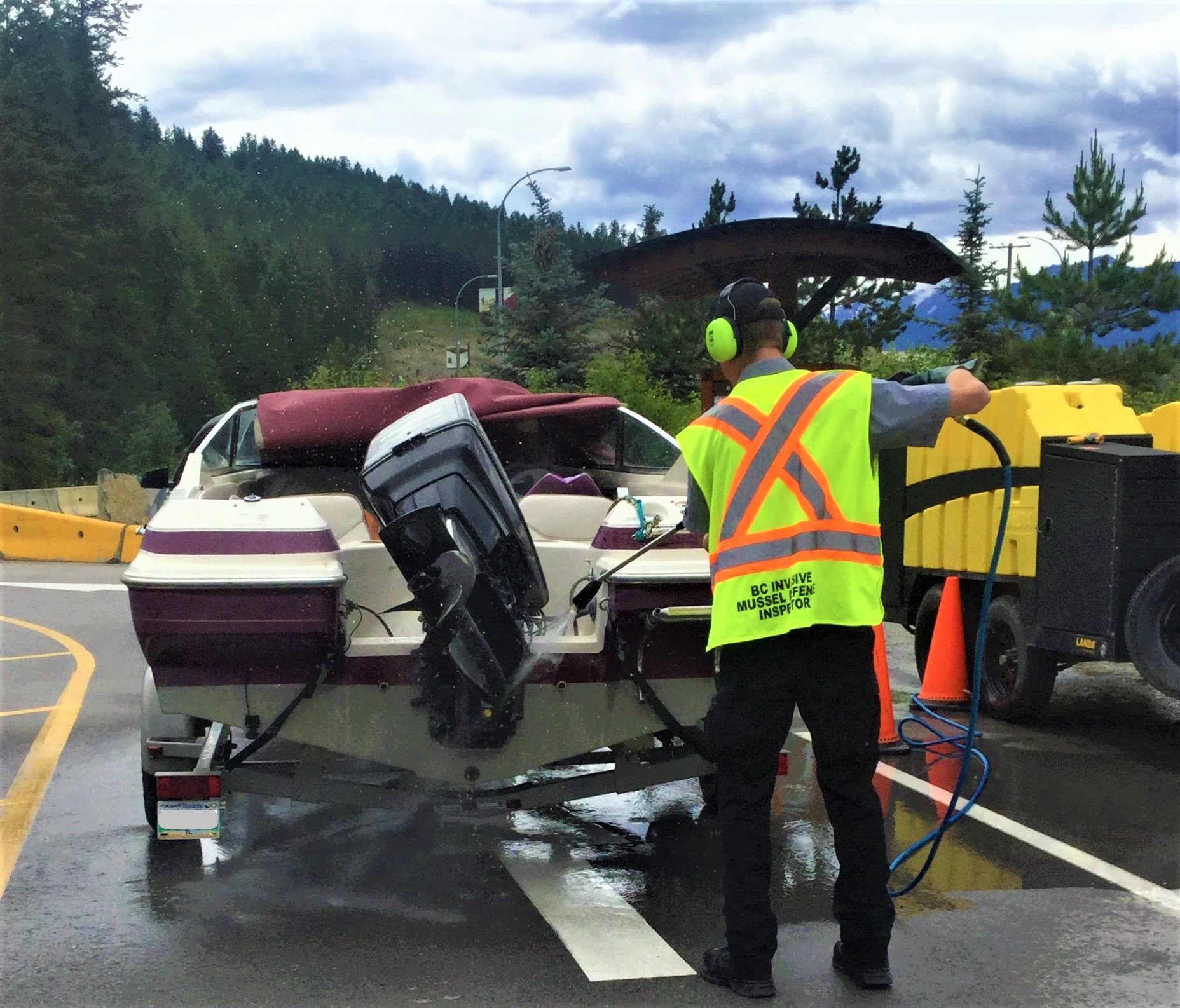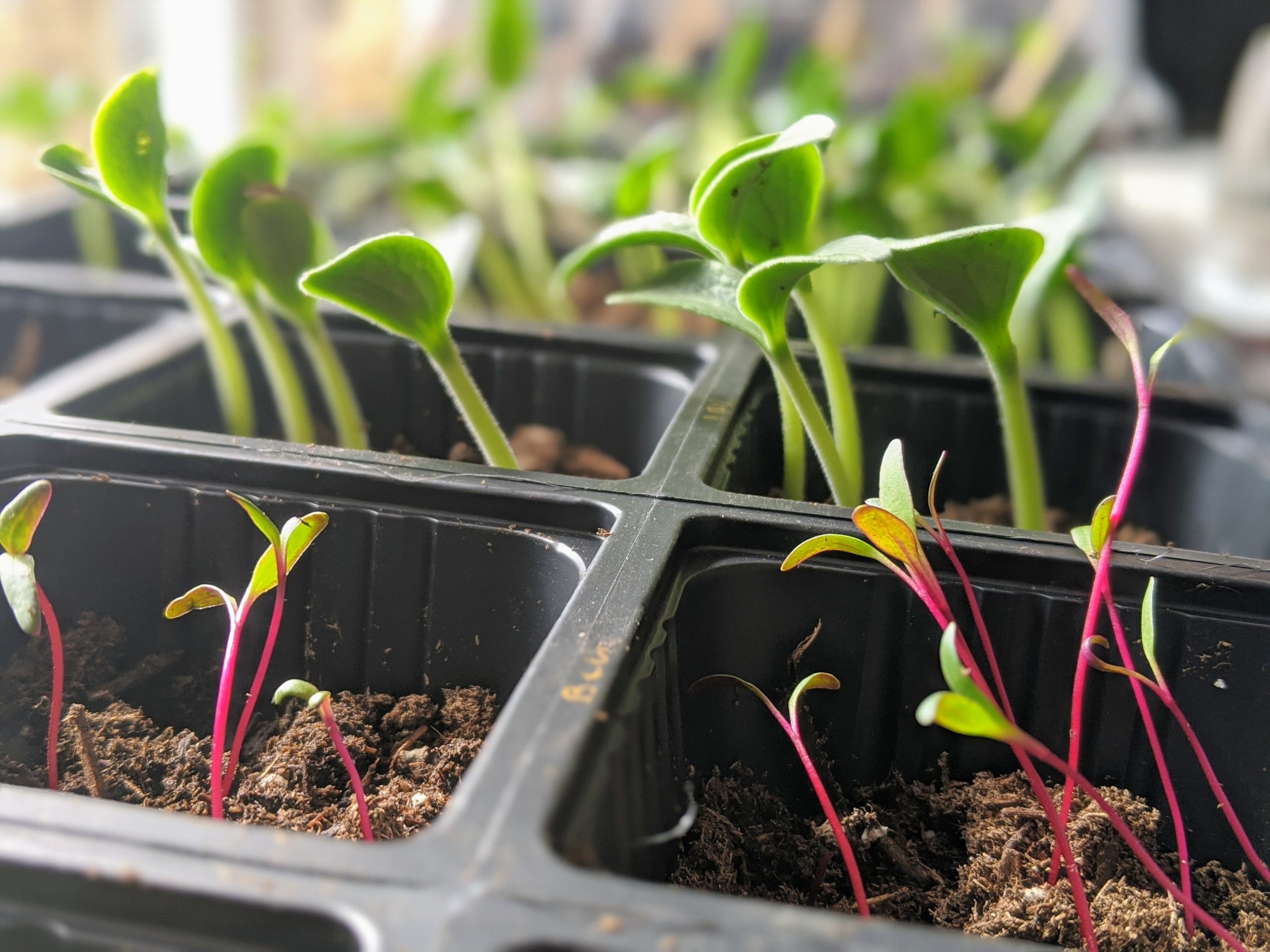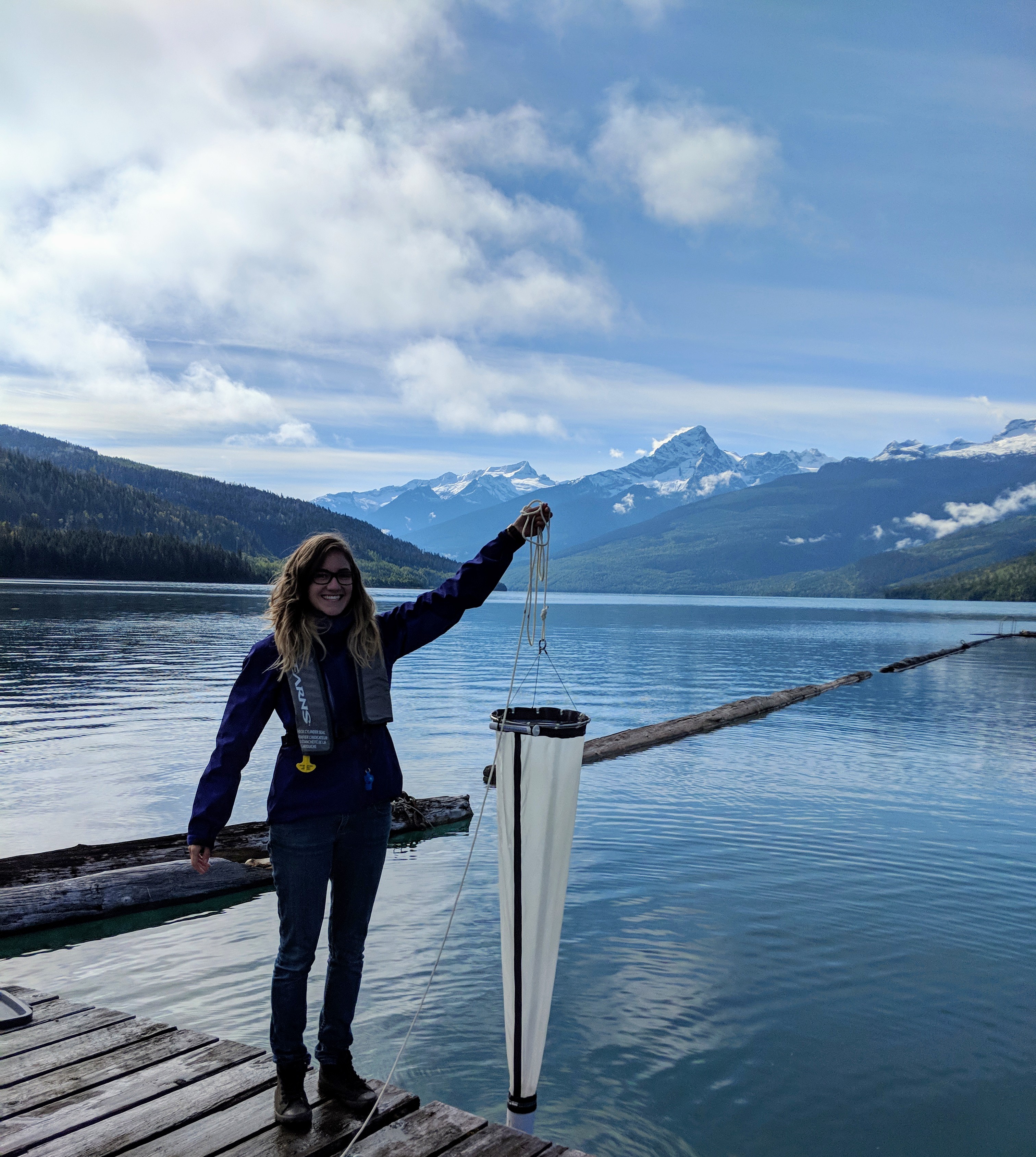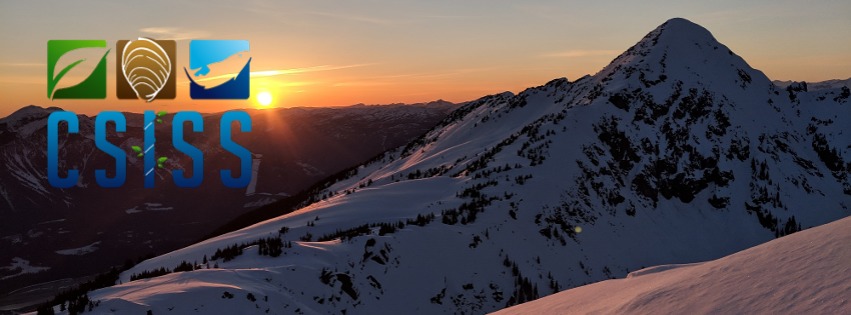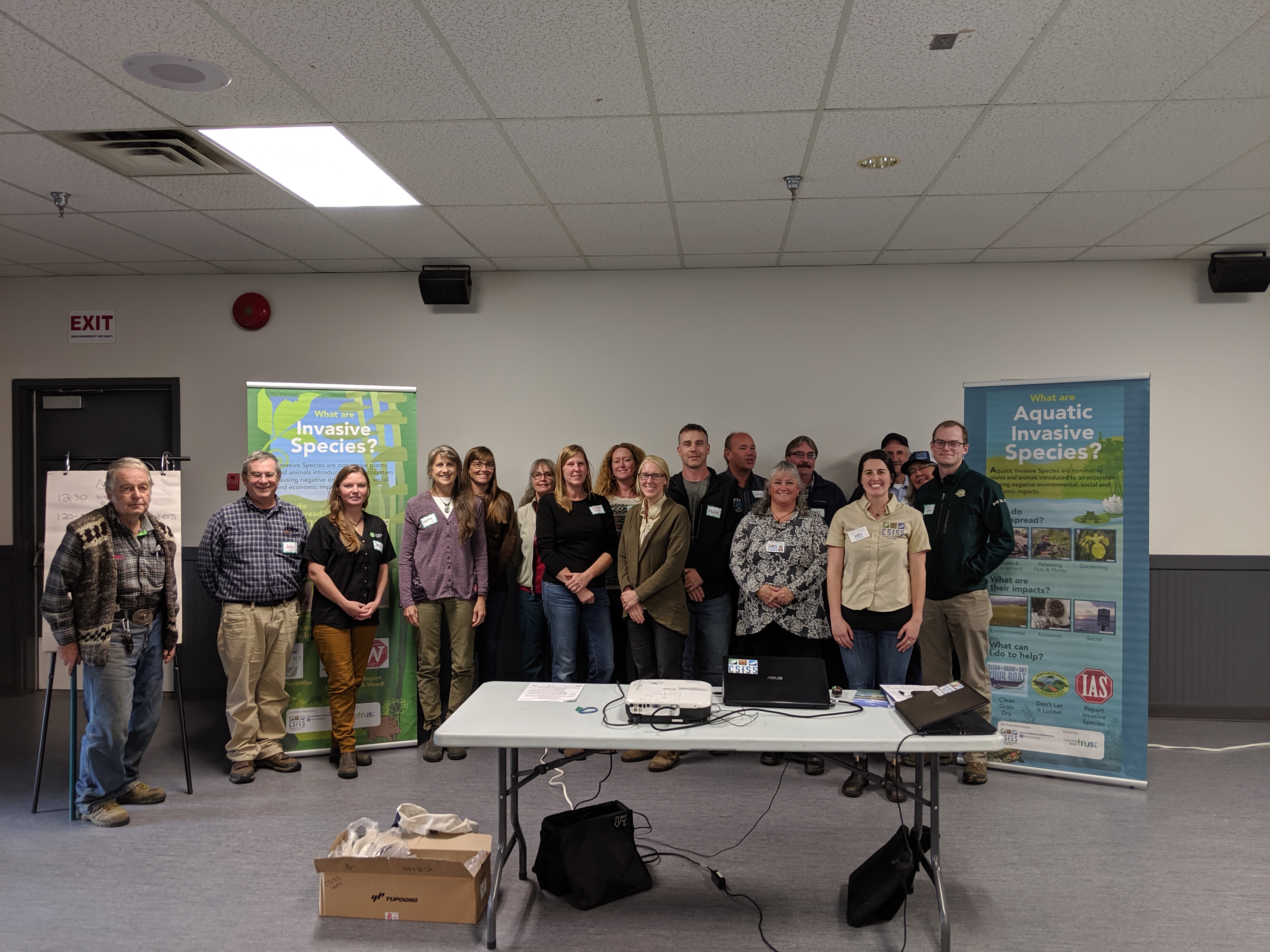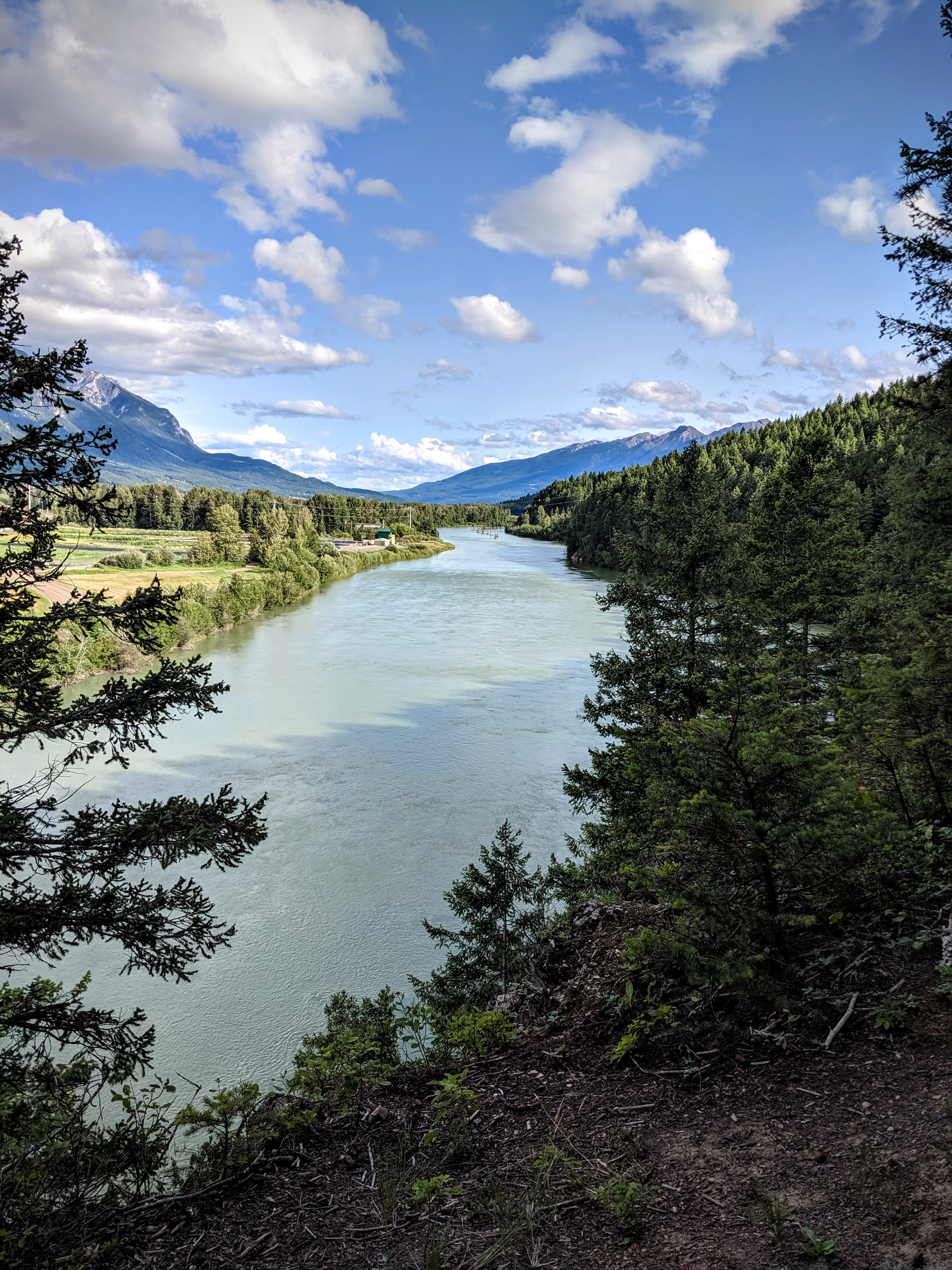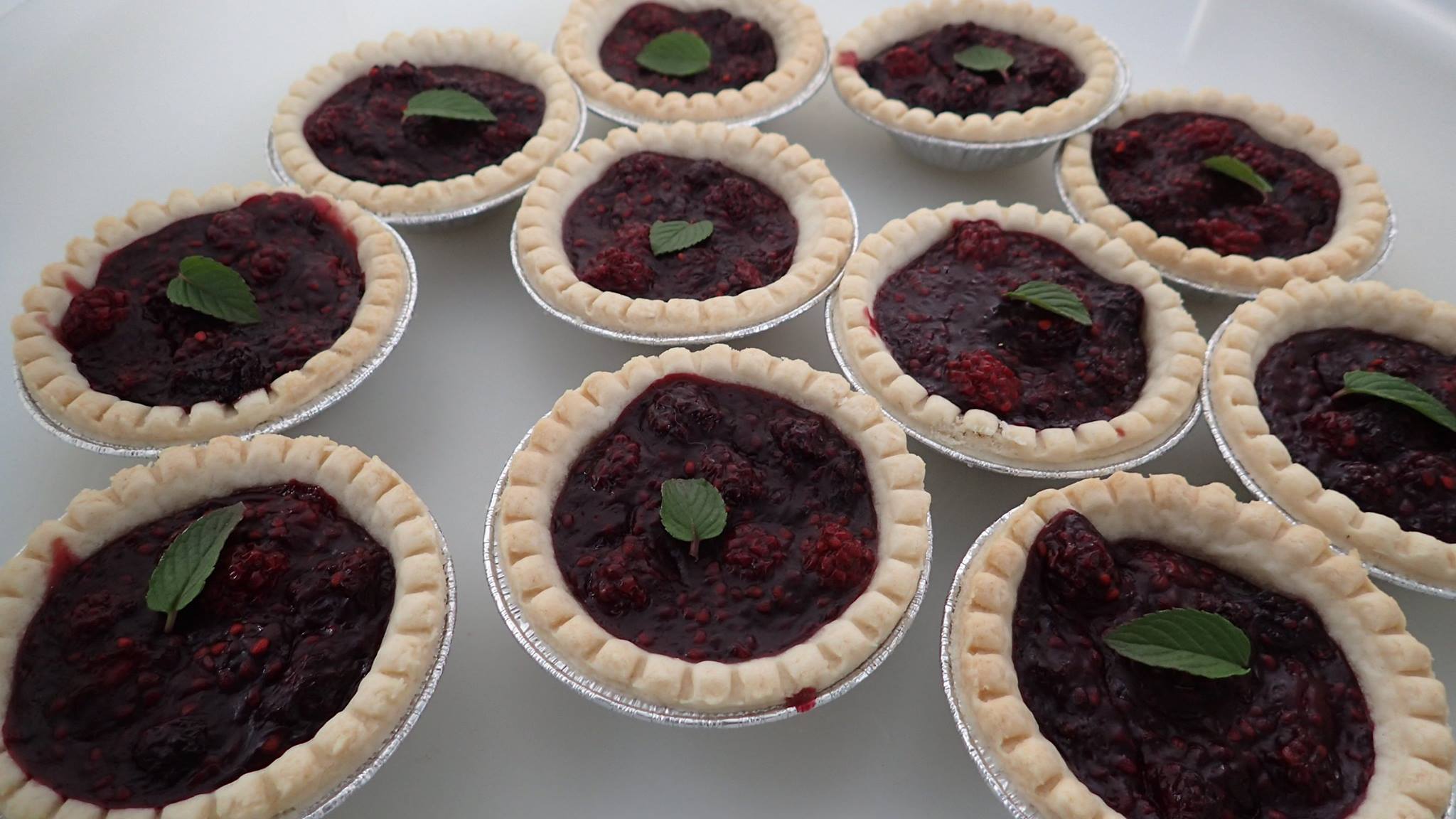Events
You’re invited: October 5th CSISS Virtual AGM
You’re Invited: CSISS Annual General Meeting October 5th 2020 Online Event Details: Date: Monday October 5, 2020 Time: 10:00 am – 11:00 am Pacific Time Format: Online Zoom Meeting Meeting will include updates from partners, including highlights from the Yellow Flag Iris Shuswap collaboration and Blanket Creek BC Parks project. Meeting will also include CSISS summer Read more…
